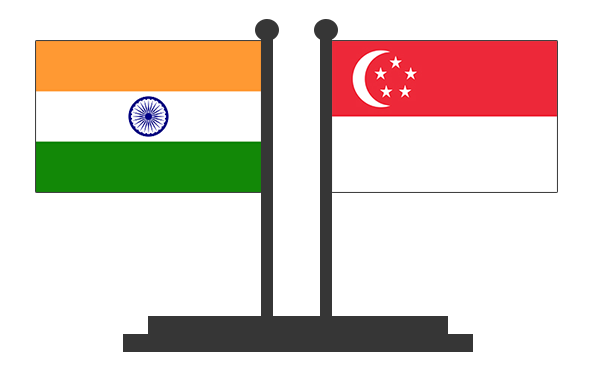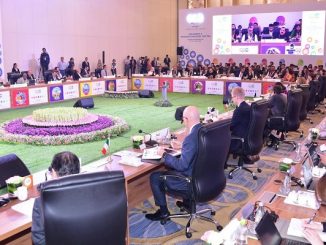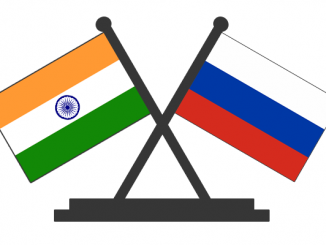
Jun 29: India has achieved an outstanding outcome in the Mutual Evaluation conducted during 2023-24 by the Financial Action Task Force (FATF). The Mutual Evaluation Report of India, which was adopted in the FATF plenary held in Singapore between June 26th and June 28th, 2024, places India in the ‘regular follow-up’ category, a distinction shared by only four other G20 countries. This marks a significant milestone in the nation’s efforts to combat money laundering (ML) and terrorist financing (TF).
Among other things, FATF has recognized the efforts made by India on:
- Mitigating the risks arising from ML/TF, including the laundering of proceeds from corruption, fraud, and organized crime.
- Effective measures implemented by India to transition from a cash-based to a digital economy to reduce ML/TF risks.
- Implementation of the JAM (Jan Dhan, Aadhaar, Mobile) Trinity, along with stringent regulations on cash transactions, has led to a significant increase in financial inclusion and digital transactions; these measures have made transactions more traceable, thereby mitigating ML/TF risks and enhancing financial inclusion.
India’s performance on the FATF Mutual Evaluation holds significant advantages for the country’s growing economy, as it demonstrates the overall stability and integrity of the financial system. Good ratings will lead to better access to global financial markets and institutions and increase investor confidence. It will also help in the global expansion of the Unified Payments Interface (UPI), India’s fast payment system.
This recognition from the FATF is a testament to the rigorous and effective measures implemented by India over the last 10 years to safeguard its financial system from ML/TF threats. It underscores the country’s commitment to international standards and its proactive stance in the global fight against financial crimes. This sets a benchmark for countries in our region to effectively implement international standards on terrorist financing. India’s excellent rating will enhance the capacity of our country to lead the global effort on countering cross-border terror financing and money laundering.
Since 2014, the Government has enacted a series of legislative changes and bolstered enforcement efforts to tackle ML, TF, and black money. This multi-pronged strategy has brought these measures in line with international standards and has demonstrably proven to be effective, yielding positive results. Indian authorities have had success in dismantling the terror funding network using actionable intelligence inputs. These operations have stemmed the flow of terror funding, black money, and narcotics, even along the coastline.
Over two years, the Department of Revenue (DoR) spearheaded India’s engagement with FATF during the mutual evaluation process. This success was driven by the exceptional efforts and invaluable contribution of a diverse, multi-disciplinary team comprising representatives from various ministries, the National Security Council Secretariat (NSCS), state authorities, the judiciary, financial sector regulators, self-regulatory organizations, financial institutions, and businesses all played a critical role. This collaborative effort demonstrated India’s effective AML/CFT framework.
India is already a member of the FATF Steering Group. India’s current performance will provide India with an opportunity to contribute significantly to the group’s overall functioning.
India remains committed to further strengthening its AML/CFT framework and continuing its collaboration with international partners to combat financial crimes. The nation will build on this success to ensure a secure and transparent financial environment for all.
About FATF:
The Financial Action Task Force (FATF) is an intergovernmental organization established in 1989 as the international watchdog to combat money laundering, terrorist financing, and other related threats to the integrity of the international financial system. India became a member of FATF in 2010.
Disclaimer: We donot claim that the images used as part of the news published are always owned by us. From time to time, we use images sourced as part of news or any related images or representations. Kindly take a look at our image usage policy on how we select the image that are used as part of the news.


